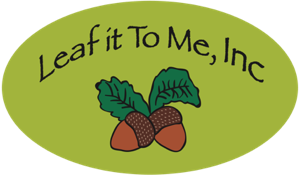The International Society of Arboriculture
The urban forest is increasingly being recognized for its benefits to public health and wellbeing. As a result, more cities in North America are including green spaces in their community health policies and promoting trees in their climate-change agendas.
Among the ways trees improve public health:
- 100 trees remove 53 tons of carbon dioxide and 430 pounds of other air pollutants from the environment each year. (Courtesy: USDA)
- Neighborhoods with trees experience fewer incidents of domestic violence and are safer and more sociable. (Courtesy: USDA)
- People who use public parks and open spaces are three times more likely to reach recommended levels of physical activity than those who don’t participate. (Courtesy: NIH)
- A national study in the United Kingdom showed that people exposed to the greenest environments have lowest levels of health inequality related to income deprivation. Physical environments that promote good health are important to reduce socioeconomic health inequalities. (Mitchell and Popham, 2008)
- Residents in the Netherlands with only 10% green space within 1km of their home had a 25% greater risk of depression and a 30% greater risk of anxiety disorders than those with the highest degree of green space nearby. (Maas et al., 2009)
To read the full article go to TreesAreGood.org
